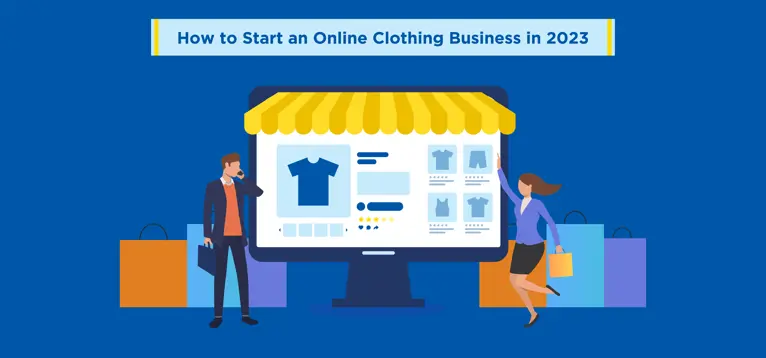The global fashion eCommerce industry, valued at nearly 700 billion U.S. dollars in 2021, is expected to soar and reach over 1.2 trillion U.S. dollars by the end of 2022. Clothing makes up the majority of online fashion purchases.
No wonder there is an untapped goldmine of opportunities for fashion and apparel retailers. Moreover, due to the lower barriers to entry and lesser overhead costs, establishing an online boutique is much easier than its brick-and-mortar counterparts.
So, if you are a driven entrepreneur with a keen eye for fashion, starting your eCommerce brand in the clothing space is the way to go. While the tools you will need for this are right at your fingertips, it is essential to lay the groundwork well, given that the competition is so fierce.
Do not worry, because we’ve got you covered by mapping five steps on how to start an online clothing business successfully.
Step 1 Define Your Brand Niche
It’s an utter misconception that having a specific focus gives your online storefront too little room to grow in the future. Quite the opposite, focus enables you to hone your product offerings and build the authority that stands the test of time. Specialising will also help you decide how to position your online boutique uniquely.
Choosing a niche is much like determining the expertise that separates you from the general pack. So how do you decide on a niche while starting a clothing brand online?
- Choose a clothing niche you are passionate about or want to see on the market.
- Analyse the market, and identify a problem that is not currently being fulfilled. Is it a stylish clothing line for nursing moms? Or is it not-so-pricey preppy fashion? Figure out the problem-solving products that competitors are not offering.
- Ask yourself if you can capitalise on these gaps with the help of your offerings.
- Most importantly, ensure the niche is profitable by probing into industry trends.
There is an abundance of online resources to gauge the earning potential of a niche, like:
- Drill down the best-selling items on Amazon or eBay.
- Look up Google trends to find search volume data of niches.
- Use a keyword planner to check the demand of the niches you are shortlisting and get niche segment ideas.
- Acquire more data from the free and paid market research reports available on the web, such as Gartner, Statista, etc.
Some Trending Clothing Niches in 2023 are going to be:
- Vintage clothing
- Athleisure clothing
- Genderfluid clothing
- Oversized apparel
- Sustainable fashion
- Second-hand clothing line
Step 2 Choose a Business Model
When it comes to developing products for an online clothing line, you have got plenty of choices of business models. But the most common ones are:
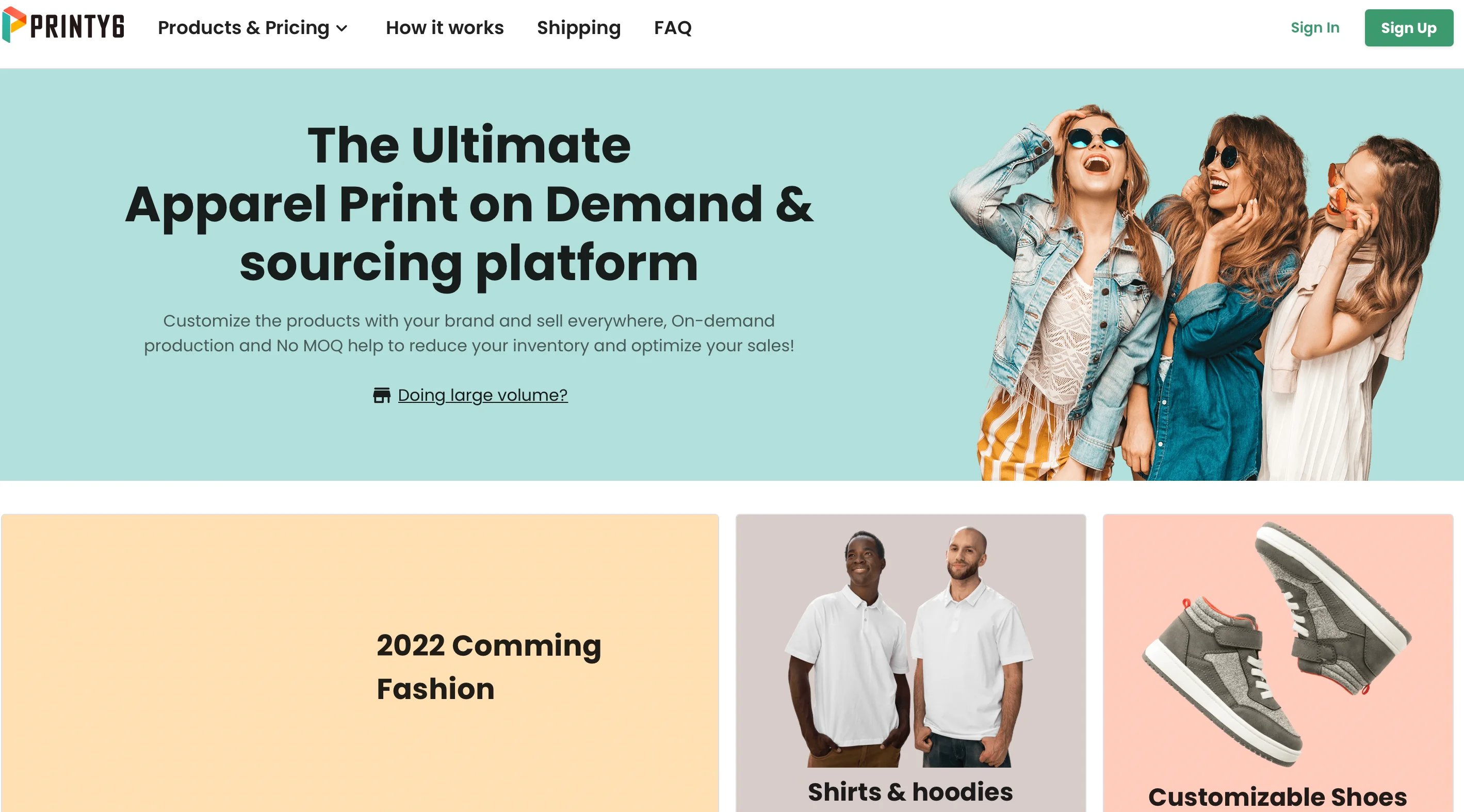
It’s the simplest and cheapest possible way to start an online clothing store. All you need to do is create designs and integrate with a print-on-demand service provider cum a dropshipping partner.
You market your items, and the printing company will print your logo and designs onto the blank apparel and ship it straight to the customer.
Pros
- Cost-effective for small orders.
- Works well for items that are quickly produced, such as graphic tees.
Cons
- Low-profit margins
Custom Cut and Sew
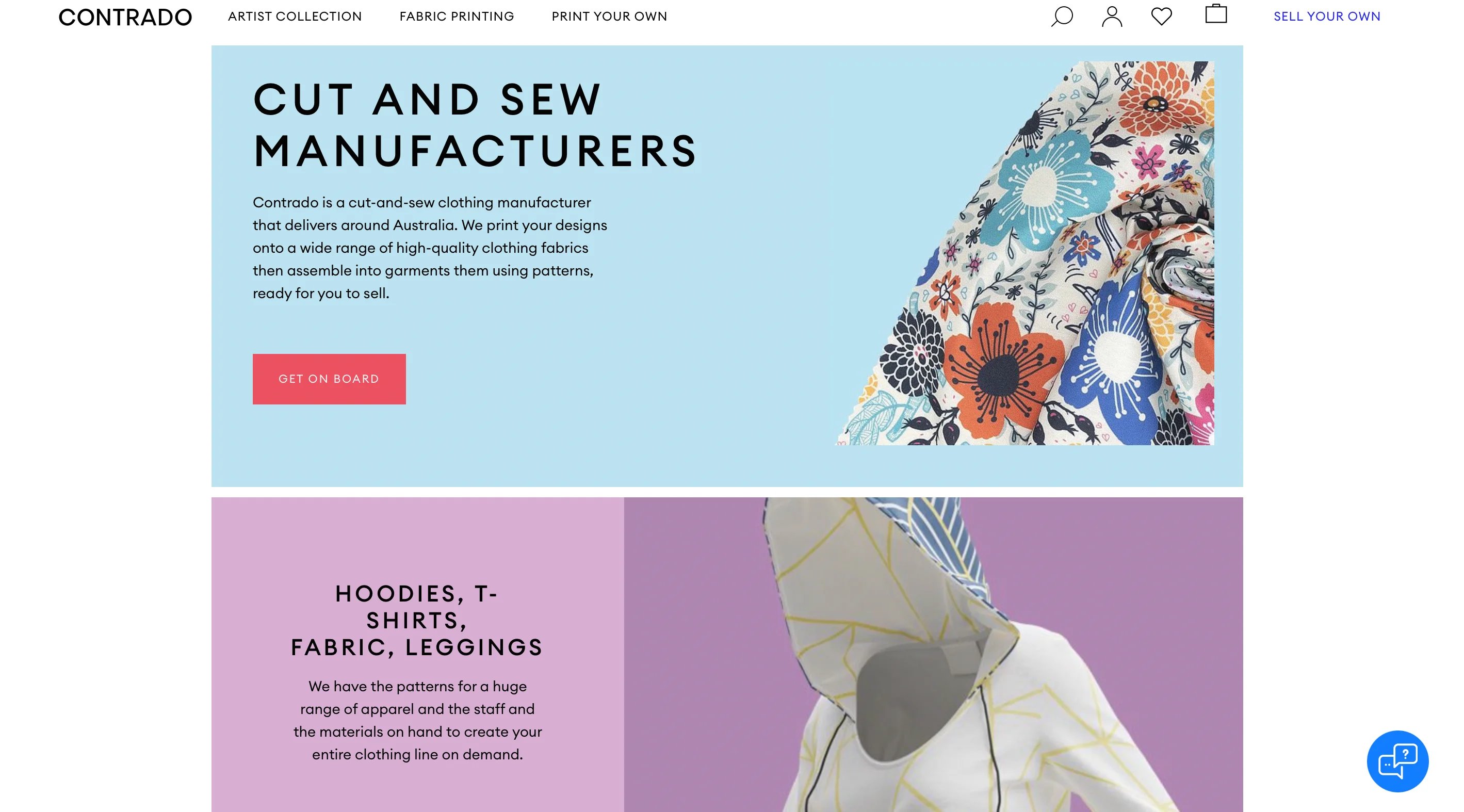
Here you design and create your own unique clothing line from scratch and get it manufactured to your specifications. If you do not have the required technical skills, you can also tie up with a fashion designer to illustrate the designs.
Since you are in charge of the inventory management, you have to figure out if you are stocking at your place, renting a warehouse, or hiring a 3PL service.
Pros
- Unlimited opportunities to create a distinctive brand identity.
- Complete creative control.
Cons
- Demands your exhaustive involvement from start to finish.
- Requires more funding.
Private Label
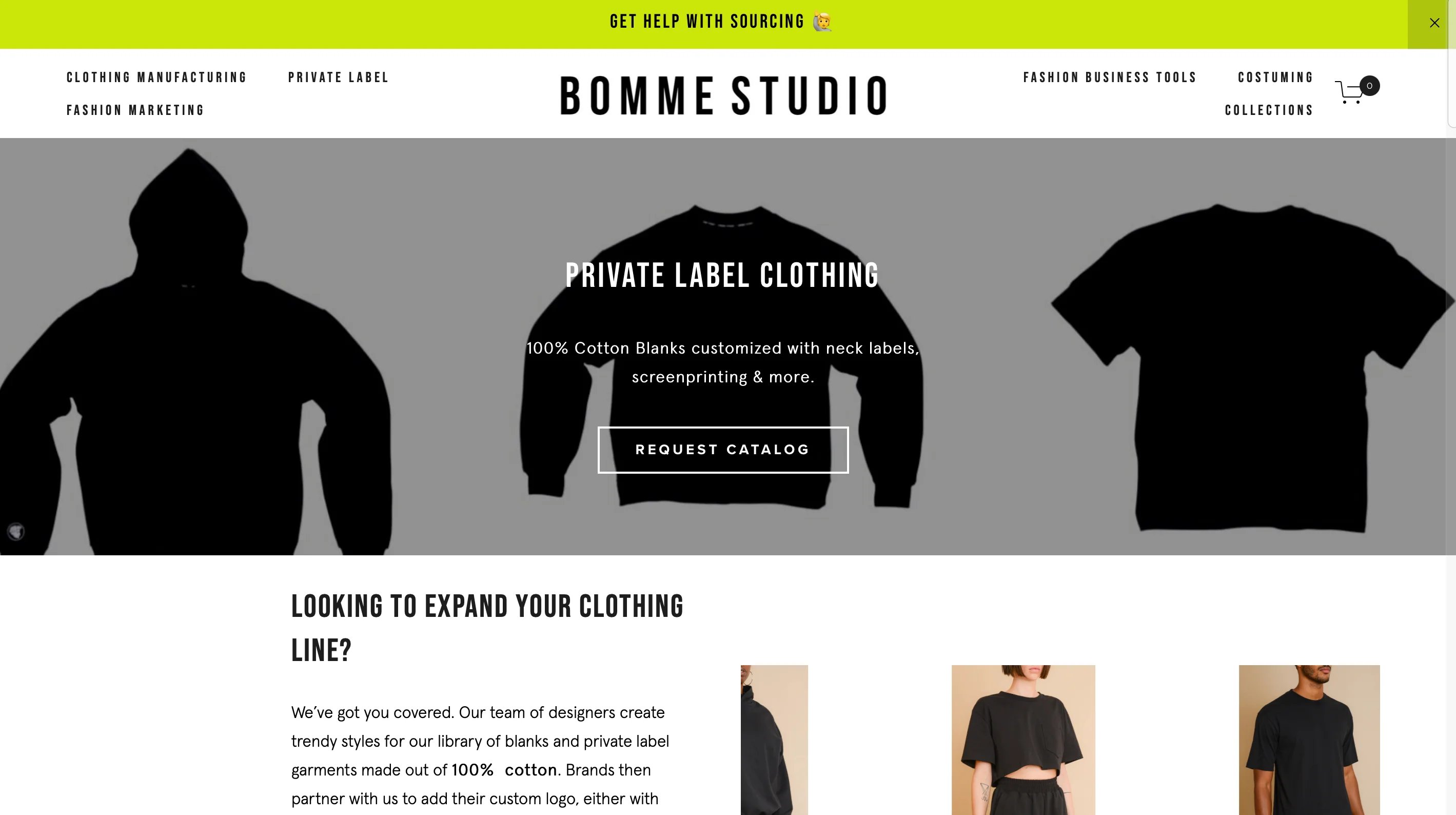
You can choose not to design your products in-house with this model. Instead, you get a third-party private-label clothing manufacturer to design, produce, and brand your label.
Pros
- Outsourcing to a third party takes a lot of burden off your shoulders, unlike cut and sew.
- Compared to the print-on-demand model, the customization opportunities are more.
Cons
- Because you are at the manufacturer's mercy, working with a reliable manufacturer is essential.
- Investment is higher.
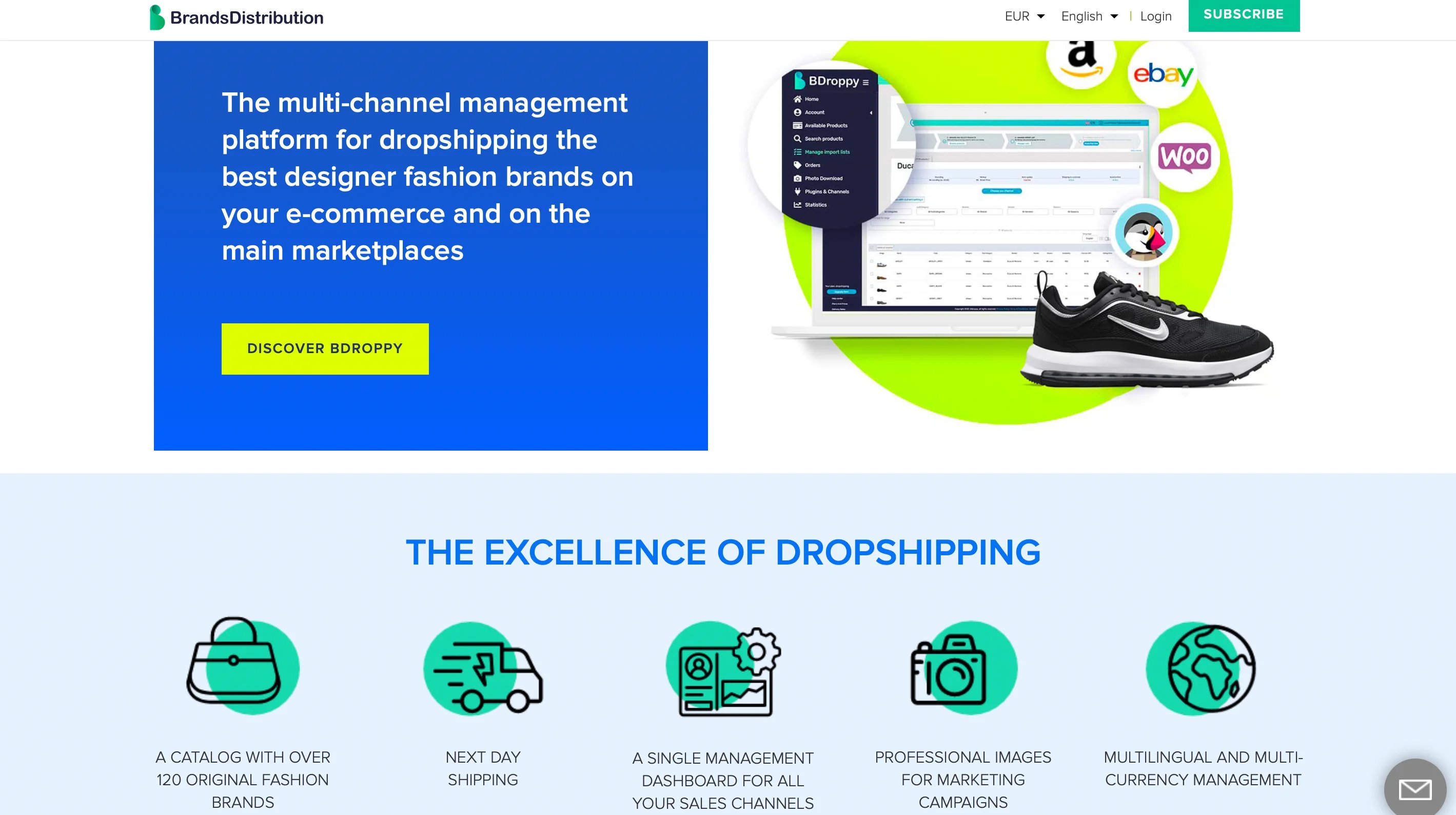
Dropshipping is a convenient option if you do not want to deal with stocking, storing, packing, and shipping. Rather than designing, you curate products that align with your brand from the sellers, who will ship the order directly to the customer.
Pros
- There is no need to keep the inventory in advance.
- You can start with no capital.
Cons
- It is nearly impossible to differentiate from the other brands.
- You lack overall control over quality, availability, and delivery.
Step 3 Design and Source Your Products
If you are creating unique designs, it's time to grab a sketchpad and bring ideas to life. Don’t worry if sketching isn’t your forte, as it can also be done with the help of a designer.
If working with manufacturers, along with the illustrations, you also need to build a Tech pack. It is a blueprint of the final garment and is immensely important as it contains all the technical specifications and design details that ultimately determine the quality of the final product.
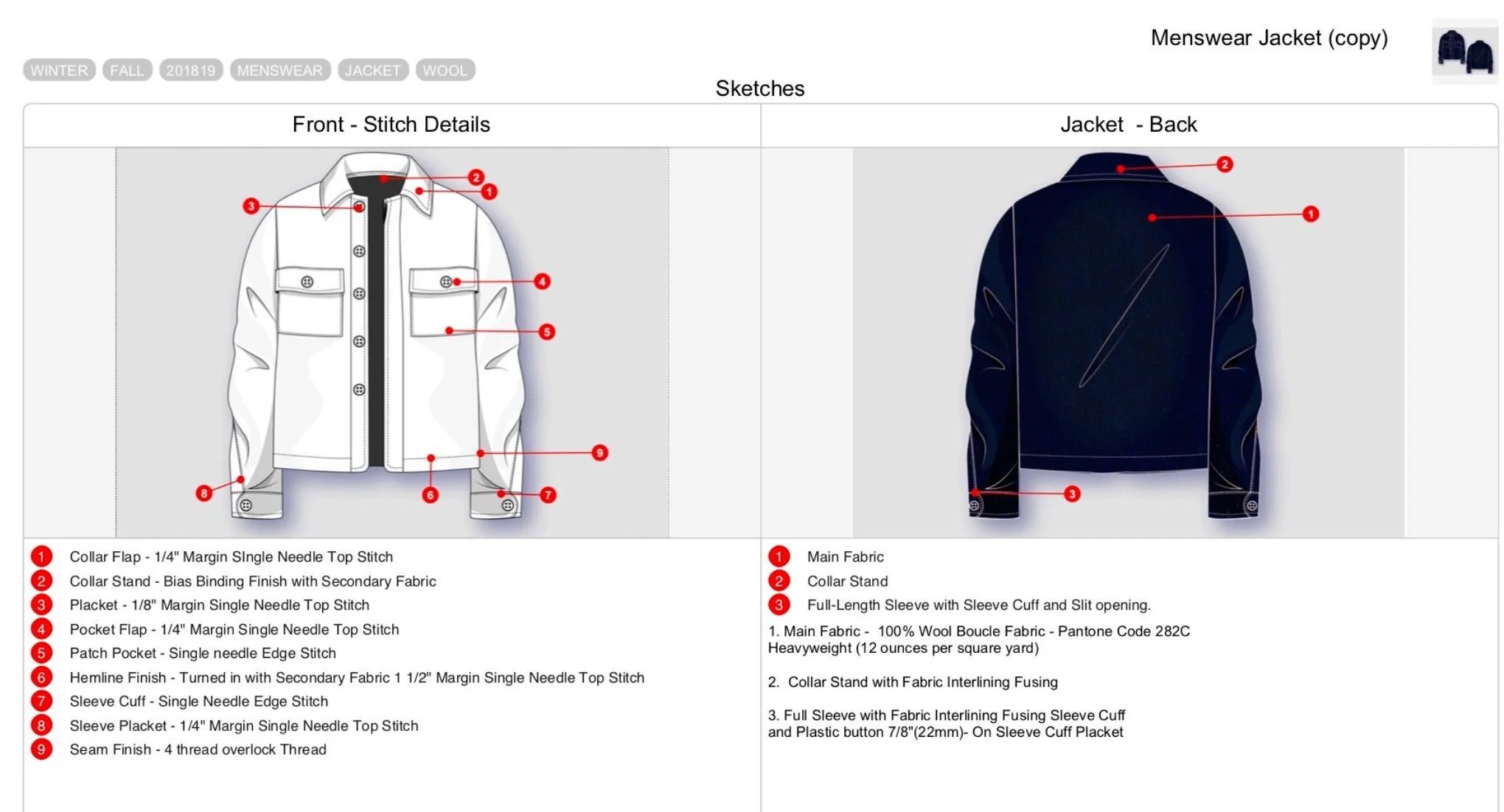
On the other hand, for dropshipping or print-on-demand models, you need to order the apparel samples from the suppliers/ manufacturers to ensure the quality holds well.
Remember- product quality can make or break your brand, so order your inventory only when you are confident that the products are exactly the standard you expect them to be.
Which is also why finding the right manufacturer should be your highest priority. Taking your time to do research for vetting the clothing manufacturers will help you make the right decision.
The following tips will guide you along the way :
- Attending local events and trade shows will connect you with reputable manufacturers.
- Online directories, such as SaleHoo, can give instant access to a wealth of vetted suppliers.
- Go old-school and search on Google.
- Join social media fashion groups.
- DHgate, Alibaba, LA Showroom, Oberlo, Abound, Handshake, and FashionGo are popular sources to order your products.
Step 4 Build Your Online Store
Now, you will need a platform to build and launch your online apparel store. You might think listing on online marketplaces is much simpler than building an eCommerce site from scratch. But done right, creating an independent website is more profitable.
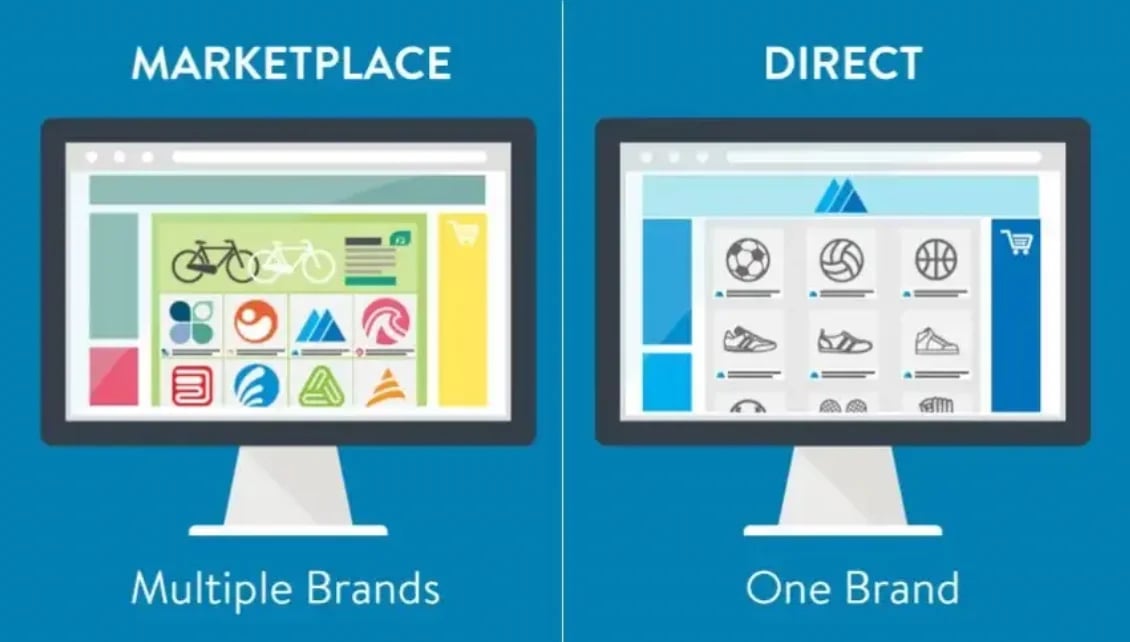
Fortunately, with eCommerce-focused website builders at your disposal, you can put together your clothing eCommerce site and customise it to align with your brand identity in relatively less time.
Some of the most sought eCommerce website builders for your online clothing business are WooCommerce, Shopify, Magento, Shopware, etc.
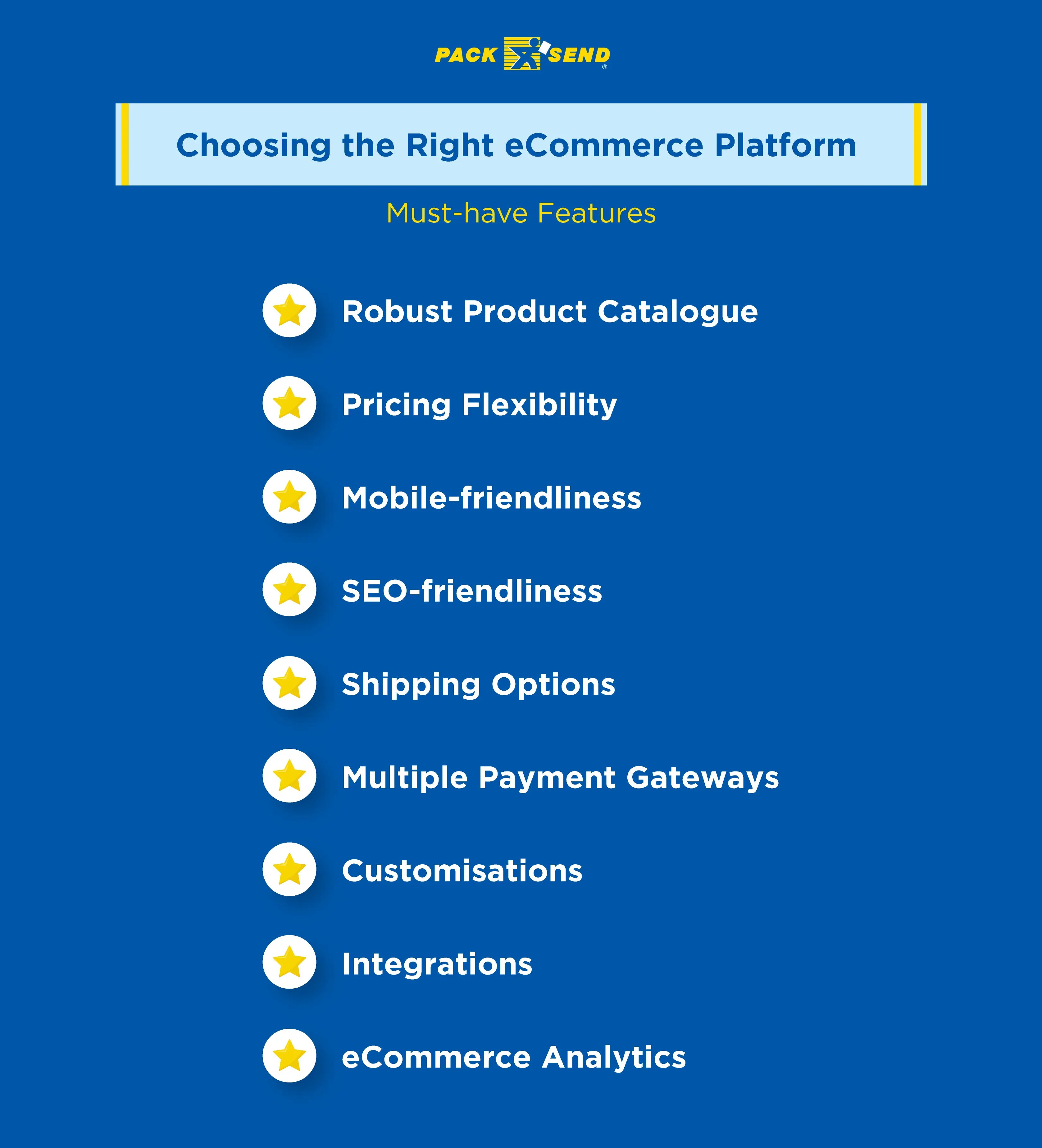
Irrespective of the platform you choose, make sure your site includes the following features:
- Impactful homepage
- Product copies that convert
- User-friendly navigation
- Site search option
- Multiple high-quality images
- Product videos and reviews
- Hassle-free checkout
- Easy return policy
- FAQs
- Order tracking
- Coupon codes
- Carousels
Step 5 Start Running Marketing Campaigns
At this point, your online clothing storefront is all set to make the rounds. Following are the best digital marketing tools you can leverage to grab more eyeballs for your newly launched online eCommerce site.
- Email marketing
- Social media marketing
- SEO and content marketing
- Paid ads
- Affiliate marketing
- Influencer partnership
- Loyalty rewards
Shipping Best Practices When Starting an Online Clothing Business
Getting your eCommerce clothing brand off the ground can be extremely challenging as more customers expect you to ship orders whenever and wherever they want. And if you can’t fulfil their shipping needs, the market has quite a few businesses that can.
A recent survey by McKinsey reveals that by 2022, roughly 75% of apparel retailers will focus on building network capabilities to achieve two-day or faster delivery and 42% for one-day click-to-customer lead times.
Hence, consider the following shipping tips if you want to keep up with the rapidly changing consumer expectations.
- Offer on-demand shipping options such as expedited shipping, so that customers can choose where and when they would like their order to be delivered. An efficient third-party shipping service provider can do that for you.
- Cater to their instant gratification with same-day delivery whenever possible.
- Manage the final (last-mile) deliveries efficiently.
- Allow customers to track the progress of their package from the store right up to their doorstep.
- If shipping is something you are not geared up for, do not hesitate to outsource it to a 3PL.
If you are launching an eCommerce apparel business, you will likely have your own unique shipping challenges to overcome and build the most streamlined delivery and order fulfilment solutions.
PACK & SEND can help you with these challenges, enable faster and more secure delivery, and achieve more efficient product returns.
Image Sources: Printy6, Contrado, Bommestudio, Brandsdistribution, Techpacker, Medium,
